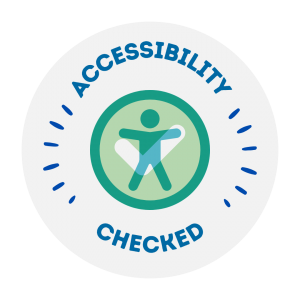Common treatments for crooked teeth
Metal braces
Fixed metal braces include components such as brackets, bands, and flexible wires that connect to the teeth. These braces may be a better choice for someone with more complex dental problems.
Sometimes, in addition to applying a fixed brace, a device called a headgear is also needed. Headgears are usually only used at night.
It has been a long time since the first use of this metal tool. Now and at this time, there have been significant improvements regarding these braces. The size of the brackets used in these braces has become smaller and their operation is much easier than before.
Ceramic braces
The ceramic type of braces and the arched wires connecting them are completely transparent and clear. This type of tooth straightener is available in different colors and can be a good option for straightening crooked teeth.
The process of straightening crooked teeth in this method is the same as using metal brackets, although ceramic brackets are prone to staining and breaking.
Invisible braces
Invisible braces like Invisalign are almost invisible. This tool can be used by both teenagers and adults.
These types of braces are unique for each person to treat crooked teeth and are made according to each person’s teeth. They are placed on the teeth like mouthguards. And they are removed and replaced twice a month. It is not recommended to use this tool to treat severe cases of tooth misalignment.
The use of invisible orthodontic braces may require more time to straighten the teeth than traditional and metal braces.
Lingual braces
Lingual surfaces in your mouth refer to the parts of your mouth that are adjacent to the sides of your tongue. Lingual orthodontics are another form of invisible braces. These braces are similar to conventional metal braces. with the difference that they are attached to the inner and back surfaces of the teeth and are not visible from the outside.
Row surgery and straightening crooked teeth
Surgery is another method that can be used to straighten crooked teeth. Performing this surgical procedure will reduce the time of cleaning and straightening the teeth and will be a suitable alternative to braces.
Your orthodontist may recommend a minor surgery to straighten your teeth, in which the bone and gums are repaired. so that the tooth is properly placed in its proper and natural place.
The orthodontist may also suggest you to use a method called orthognathics. If the improper shape and appearance of your teeth interferes with speaking or chewing food, most likely the specialist will advise you to solve your problem with this method.
Meeting with an orthodontist or dentist
If you have not yet seen an orthodontist, you will most likely be referred to an orthodontist to solve the problem of crooked teeth.
This specialist will examine your mouth, teeth and jaw and make a general assessment of your bite and jaw structure. The orthodontist carefully examines any signs and symptoms, even the smallest ones, during the evaluation session. He wants to know if you are having trouble speaking or chewing.
X-rays will be taken from your mouth and teeth in the next appointments. And a mold is made of your teeth. If you need a brace, the orthodontist will order the most suitable brace for you. and it will be attached to your teeth in the next session.
In short, crooked or uneven teeth is a common problem among different people that is experienced by many children, teenagers and adults. Crooked teeth do not need treatment unless they cause health problems or self-confidence issues. Deciding to correct crooked teeth is a personal matter. Talk to your dentist.




